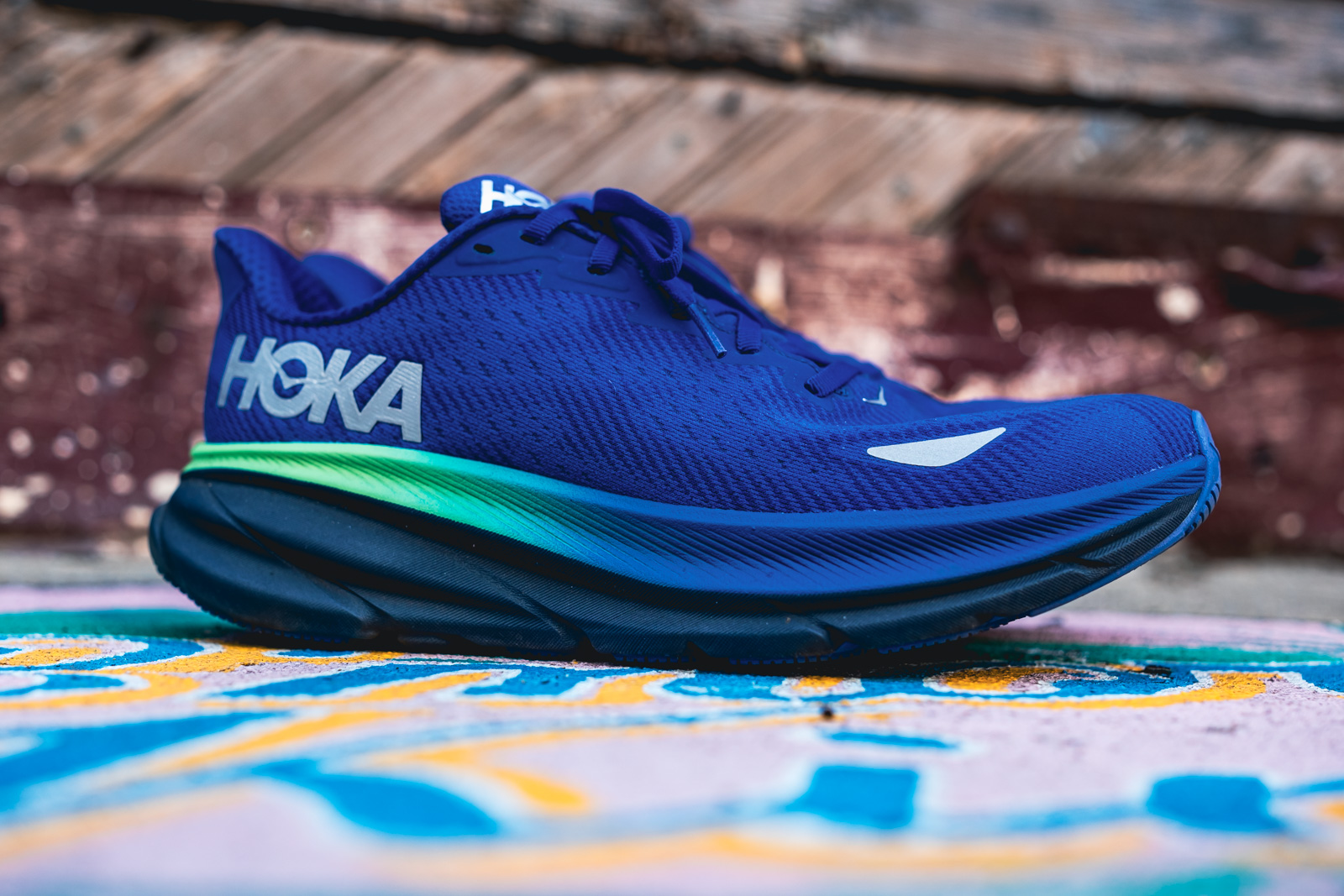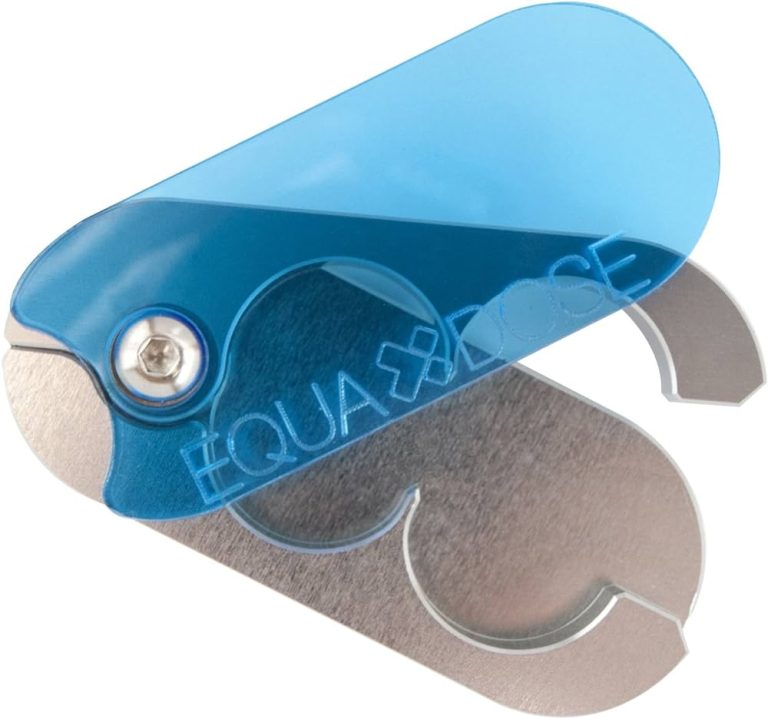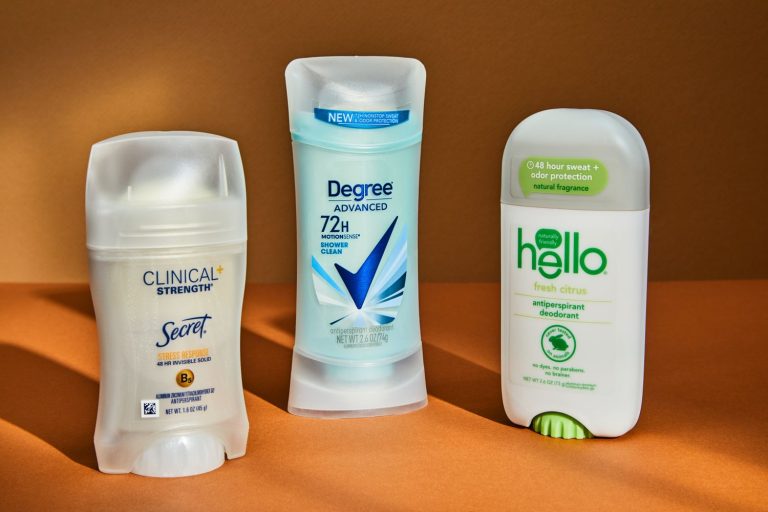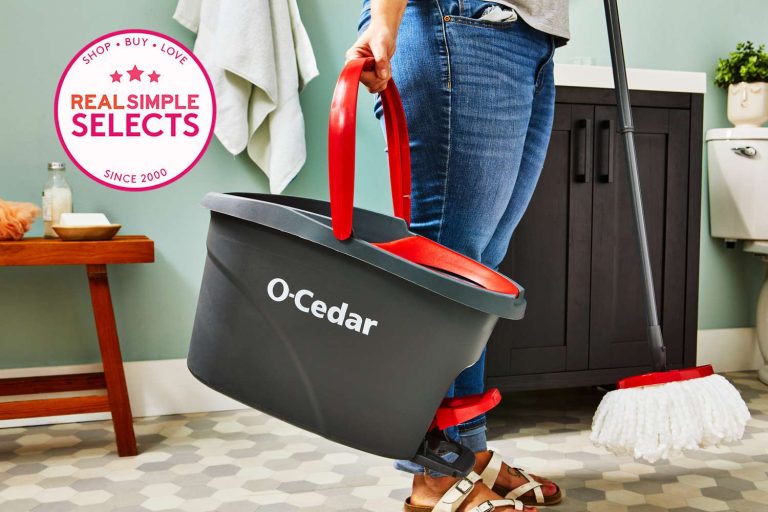9 Best Running Shoes for Beginners: Comfort, Durability, and Performance Insights
Starting your running journey can be both exciting and overwhelming, especially when it comes to choosing the right gear. The foundation of a great running experience often begins with the right pair of shoes. With countless options available, how do you know which ones will support your stride and keep you comfortable?
We’ve done the legwork for you and compiled a list of the 9 best running shoes for beginners. Whether you’re hitting the pavement for the first time or looking to upgrade your current pair, these shoes offer the perfect blend of support, cushioning, and durability to help you hit your stride confidently.
Factors to Consider Before Buying Running Shoes
Finding the right running shoes is crucial for ensuring comfort and preventing injuries. Consider these key factors before making your purchase.
Understanding Shoe Fit and Comfort
Prioritize fit. Shoes should snugly fit without being too tight, providing enough space for your toes to wiggle. Check for a thumb’s width between your longest toe and the shoe’s end. Try shoes later in the day since your feet swell. Wearing running socks when trying on shoes helps replicate actual running conditions. Always consider your foot shape; some brands cater to narrower or wider feet.
Considering Different Types of Running Surfaces
Analyze your running surfaces. Road running requires shoes with good cushioning and shock absorption. Trail running needs shoes with more grip and ankle support for uneven terrain. If you run on a treadmill, a more neutral shoe with less aggressive tread might suffice. Some shoes are versatile, but specialized gear can enhance your overall running experience.
Evaluating Shoe Cushioning and Stability
Examine cushioning. Some prefer soft, plush cushioning, while others want a firmer feel. Try different levels to find what suits you best. Stability is essential, especially if you overpronate (foot rolls inward) or supinate (foot rolls outward). Motion-control shoes can help overpronators, while neutral shoes are usually good for those with a normal arch. Many brands offer models with various cushioning and stability features.
Review of the 9 Best Running Shoes for Beginners
Choosing your first pair of running shoes can be overwhelming. Let’s simplify that process by diving into the 9 best options tailored for beginners.
Shoe 1: Highlight Features and Benefits for Beginners
Nike Air Zoom Pegasus 38
Epitomizes comfort and versatility. Features a responsive foam midsole that provides excellent cushioning. Ideal for various surfaces, ensuring adaptability. Offers a snug fit with a breathable mesh upper, preventing overheating during long runs.
Shoe 2: Highlight Features and Benefits for Beginners
Brooks Ghost 13
Prioritizes stability and support. Uses DNA Loft cushioning for a soft ride that’s gentle on your joints. Has a segmented crash pad for smooth transitions. Great for neutral runners seeking maximum comfort on road surfaces.
Shoe 3: Highlight Features and Benefits for Beginners
ASICS GEL-Nimbus 23
Maximizes shock absorption. Incorporates GEL technology in the heel and forefoot for superior cushioning. Boasts a lightweight FlyteFoam midsole. Perfect for runners needing extra comfort and support during long-distance runs.
Shoe 4: Highlight Features and Benefits for Beginners
New Balance Fresh Foam 1080v11
Blends plush cushioning with flexibility. Features a full-length Fresh Foam midsole for a soft underfoot feel. Designed with an engineered mesh upper for enhanced breathability. Ideal for runners requiring a balance of cushioning and responsiveness.
Shoe 5: Highlight Features and Benefits for Beginners
Saucony Ride 13
Excels in providing a smooth ride. Uses PWRRUN cushioning for a comfortable yet responsive feel. Includes a FORMFIT construction for a personalized fit. Versatile for different running surfaces, ideal for beginners exploring various terrains.
Shoe 6: Highlight Features and Benefits for Beginners
Hoka One One Clifton 7
Delivers superior cushioning without added weight. Features an EVA foam midsole for a lightweight experience. Offers a smooth, stable ride due to its Meta-Rocker technology. Suitable for runners looking for a soft, bouncy feel underfoot.
Shoe 7: Highlight Features and Benefits for Beginners
Mizuno Wave Rider 24
Combines durability with comfort. Uses Mizuno’s Wave technology for balanced cushioning. Enhances stability with U4ic midsole cushioning. Great for neutral runners seeking a smooth, cushioned ride on roadways.
Shoe 8: Highlight Features and Benefits for Beginners
Altra Torin 4.5 Plush
Emphasizes a natural running experience. Features a balanced cushioning platform for better alignment. Uses Quantic midsole for a luxurious feel. Has a FootShape toe box for increased comfort and support, especially for wider feet.
Shoe 9: Highlight Features and Benefits for Beginners
Adidas Ultraboost 21
Merges style with performance. Provides exceptional energy return with Boost midsole technology. Offers a snug fit with Primeknit upper, ensuring breathability. Ideal for runners seeking cushioning and support for everyday training sessions.
How to Break In and Care for Your Running Shoes
Breaking in and properly caring for your new running shoes ensures comfort and longevity. Follow these tips to get the most out of your investment.
Tips for Proper Shoe Break-In
- Wear Gradually: Start with short runs, about 20-30 minutes. Gradually increase the time and distance over the first two weeks.
- Alternate Shoes: Use a different pair of shoes on alternate days. This helps both pairs last longer and allows your feet to adapt.
- Focus on Comfort: Pay attention to any discomfort. Small aches can indicate improper fit or need for adjustment.
- Avoid Extreme Conditions: Keep your new shoes away from rain and mud during the break-in period. This prevents damage before they’ve molded to your feet.
- Clean Regularly: Wipe off dirt and mud after each run. Use a mild soap and a soft brush for thorough cleaning.
- Air Dry: Always air dry your shoes. Never put them in the dryer, as heat can damage the materials.
- Store Properly: Keep your shoes in a cool, dry place. Avoid leaving them in hot cars or damp areas.
- Rotate Pairs: If you run frequently, rotate between two pairs. This allows each pair to recover between runs and decreases wear.
- Inspect Often: Regularly check for signs of wear or damage. Replace running shoes every 300-500 miles or when you notice a decline in support.
These practices ensure your running shoes stay in top condition, providing you with the support and comfort needed for an enjoyable running experience.
How to Determine When to Replace Running Shoes
Choosing the right running shoes is only the beginning. Knowing when to replace them is crucial for maintaining comfort and preventing injury.
Signs of Wear and When to Get a New Pair
Inspect the Outsole: Look for worn-out treads on the bottom of your shoes. If you notice smooth patches or uneven wear, it’s time for a new pair.
Check the Midsole: Press on the midsole with your thumb. If it feels excessively soft or doesn’t bounce back, the cushioning is likely compromised.
Examine the Upper: Pay attention to any holes, rips, or a lack of structural support in the fabric. Visible damage indicates that your shoes are no longer providing adequate support.
Monitor Mileage: Keep track of your running mileage. Running shoes typically last between 300–500 miles. Use a running app or logbook to track how far you’ve run in each pair.
Feel the Comfort: Listen to your body. If you experience new pain or discomfort in your feet, knees, or hips after runs, your shoes might be worn out and need replacing.
By evaluating these signs regularly, you can ensure that your running shoes are always in peak condition, providing the support and cushioning needed for your runs.
Frequently Asked Questions About Running Shoes for Beginners
Choosing the right running shoes can be daunting, especially if you’re just starting out. Here are some answers to commonly asked questions to help you make an informed decision.
What Is the Average Cost of Good Running Shoes?
Good running shoes typically cost between $100 and $150. Brands like Nike, Adidas, and Brooks offer excellent options in this price range. While it might be tempting to go for cheaper alternatives, investing in quality shoes ensures better support and durability, which can prevent injuries and enhance your running experience.
How Long Do Running Shoes Typically Last?
Running shoes generally last between 300 to 500 miles. This can vary depending on factors like your running style, weight, and the type of terrain you run on. It’s crucial to monitor the wear and tear on your shoes, particularly on the outsole and cushioning. If you start to feel discomfort or notice visible signs of wear, it’s probably time for a new pair.
Is It Okay to Use Running Shoes for Other Sports?
It’s not ideal to use running shoes for other sports. Running shoes are designed specifically for forward motion and shock absorption. Activities like basketball, tennis, or aerobics often involve lateral movement, which can lead to excessive wear and potential injuries if using running shoes. For these activities, it’s better to invest in sport-specific footwear that offers the necessary support and durability.
Conclusion
Choosing the right running shoes is crucial for beginners to ensure comfort and prevent injuries. By considering factors like fit and terrain suitability, you can find the perfect pair tailored to your needs. Remember to break in your shoes gradually and maintain them properly to extend their lifespan. Regularly check for signs of wear and replace them as needed to maintain peak performance. Investing in the right footwear will help you enjoy a safe and comfortable running experience.






